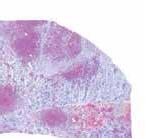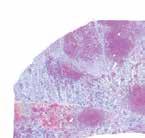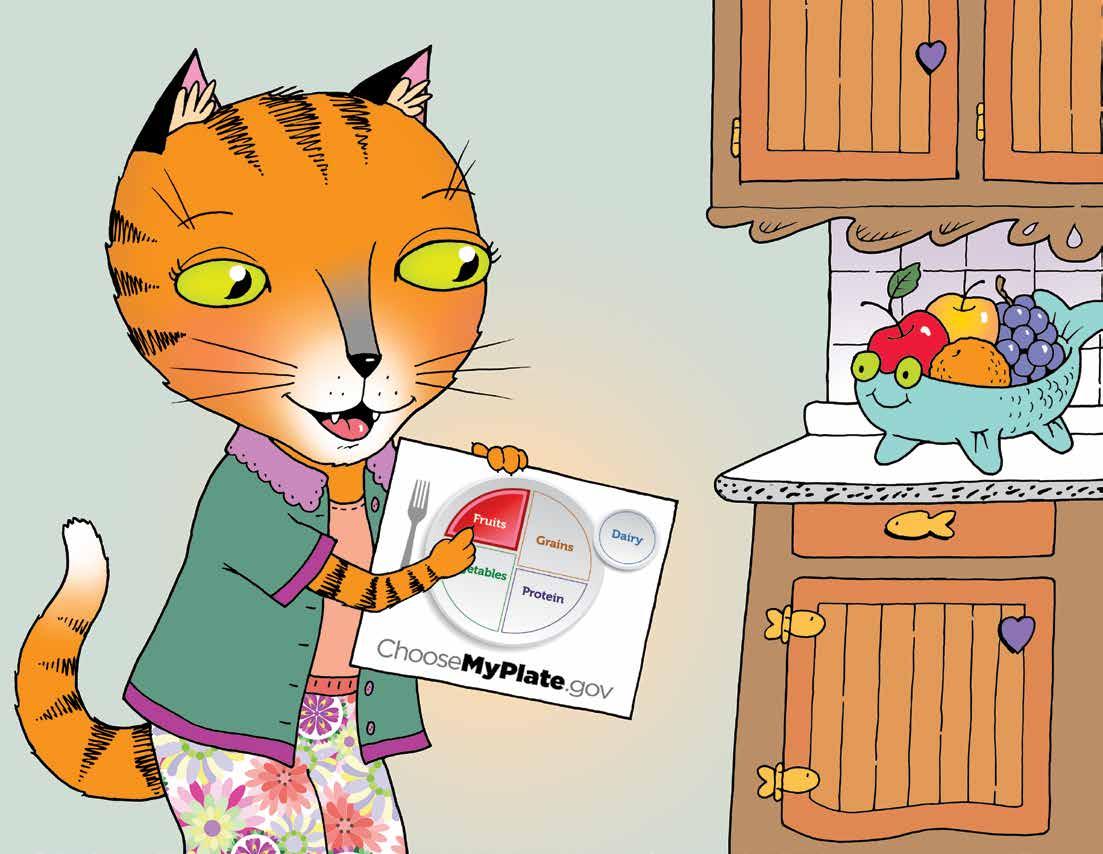

Welcome to The Two Bite Club!
Two Bite Club was developed to introduce MyPlate to young children. When you finish reading the book with your children encourage them to try foods from each food group, just like the children in the story. In the back of the book you will find a coloring page, a blank MyPlate certificate for the Two Bite Club, fun activity pages for kids, and Tips for Growing Healthy Eaters.
 The Two Bite Club was developed by the Food and Nutrition Service (FNS) of the U.S. Department of Agriculture. FNS wishes to extend a sincere thank you to those individuals who nurtured this storybook from concept to finish.
Technical Reviewers: Adrienne Durrett, Mary Forster, Luanne Hughes, Bridget Penberthy, Bonnie Rickhoff, Sherry Romero, Jessica Williams
FNS: Ann Bartholomew, Heidi Bishop, Lori French, Diane Fulton, Gerry Howell, Ebony James, Elvira Jarka, Jane Mandell, Gina O’Brian, Michelle Prettyman, Vicky Urcuyo
Project Manager: Jan Barrett Design Coordination: Arabella Juare z
Illustration: Annie Lunsford • • Graphic Design: Linda Lunsford, Lunsford Graphics, Arlington, Virginia
The Two Bite Club was developed by the Food and Nutrition Service (FNS) of the U.S. Department of Agriculture. FNS wishes to extend a sincere thank you to those individuals who nurtured this storybook from concept to finish.
Technical Reviewers: Adrienne Durrett, Mary Forster, Luanne Hughes, Bridget Penberthy, Bonnie Rickhoff, Sherry Romero, Jessica Williams
FNS: Ann Bartholomew, Heidi Bishop, Lori French, Diane Fulton, Gerry Howell, Ebony James, Elvira Jarka, Jane Mandell, Gina O’Brian, Michelle Prettyman, Vicky Urcuyo
Project Manager: Jan Barrett Design Coordination: Arabella Juare z
Illustration: Annie Lunsford • • Graphic Design: Linda Lunsford, Lunsford Graphics, Arlington, Virginia
Anna and Will ran into their house from playing outside.
“I’m hungry!” shouted Will.
“So am I,” said Anna.
Their mother said, “Wash your hands. I have a special game planned for our lunch today. We will find foods in our kitchen from every food group.”






“
What is a food group?” asked Anna.



“
Iknow,” said Will. “We learned about this in school. There are five food groups in MyPlate. We need to eat foods from all food groups every day to be healthy and strong.”



“
Each color on the plate in the picture is a different food group.
My teacher told me that if we eat two bites from each food group we can be members of the Two Bite Club!” said Will.
“OK, but I might not like it,” Anna replied cautiously.
Mother said, “Anna, I know you can be a big girl and try two little bites of each food, then you will be in the Two Bite Club!”






“
The first food group is colored orange, and it’s the Grains Group —see?” said Will. “There are bread, crackers, rice, and noodles.”
“That’s right,” said Mother.
“Can you find something from the Grains Group ?”



Will grabbed a box of whole-wheat crackers. “Let’s try these!” he said.



“
Oh no,” said Anna, “I don’t think I’ll like them.” But she tried two little bites.



“Ilike them!” Anna exclaimed.
“I knew you would,” Will told her.



Then Mother said, “I bought some carrots, lettuce, and corn at the grocery store. They are all vegetables. Let’s see if you can find something else from the Vegetable Group .” It’s the green part of MyPlate.






Will opened the big refrigerator door and peeked inside.
“I’m looking for something,” he said.
“Don’t find anything yucky,” called Anna.
“How about some broccoli?” asked Will.
“Yes, broccoli is a vegetable,” replied Mother.



“
Oh no,” said Anna, “I don’t think I’ll like it.”
“Just try it and see,” Will responded.
So Anna tried two little bites.



“ Ilike it! ” Anna exclaimed.
“I knew you would,” Will told her.



“
Now we need to find some fruit from the Fruit Group . It’s the red part of MyPlate,” said Mother.



“
Anna, can you help find some fruit?”



Anna looked in the fruit bowl and found a yellow apple.



“ Idon’t think I like yellow apples; I only like red apples,” Anna said, but she tried two little bites.



“ Ilike it! ” Anna exclaimed.
“I
knew you would. Apples are yummy,” Will said.



“
You’ve told me about grains and vegetables and fruits,” said Anna.
“What are the purple and blue colors for?”



“
The blue circle is for the Dairy Group . It has lots of foods that are good for you,” Will explained.



Anna perked up and said, “I like milk.”
“Yes, I do, too,” said Will, “but let’s find something different. How about this yogurt?”
“I know,” Anna exclaimed, “Yogurt is made from milk, but I don’t think I will like that yogurt.”



“ I will just try two tiny bites,” said Anna.



“ Ilike it, Will ! ” Anna exclaimed.
“I knew you would,” said Will.



“
The last food group is the Protein Foods Group , and it’s purple,” explained Will.



“
What are you going to find from that group?”
Mother asked.
“I know, I’ll eat a hard-cooked egg,” said Will.
Mother explained that eggs are in the Protein Foods Group , along with chicken, turkey, fish, and even peanut butter.






“
Idon’t think I’ll like the egg,” said Anna. But she tried two bites.



“ I like it ! ” Anna exclaimed.
“I knew you would,” Will told her.



Mother said, “You have found something from every food group. That’s terrific! Let’s sit down and finish our lunch.”



Anna exclaimed, “I’ve tried two bites from every food group, and I love new foods.”
“Yeah, you did it Anna!” said Will.



“
That’s great!’ said Mother.
“Thank you Will for teaching Anna to try new foods. And thank you Anna for being brave enough to try something you thought you wouldn’t like!
Here’s a certificate from the Two Bite Club for each of you.”
Anna Will A A






“
Now we are members of the Two Bite Club.” said Will. “Let’s hang up our certificates.”
Will A A



“ Iam so proud of myself,” said Anna. “I tried some new foods and I learned about MyPlate.”



Now let’s go outside and play,” exclaimed Will.
“That’s a great idea,” said Mother.
“I’ll bring the ball and we can play together.”



















